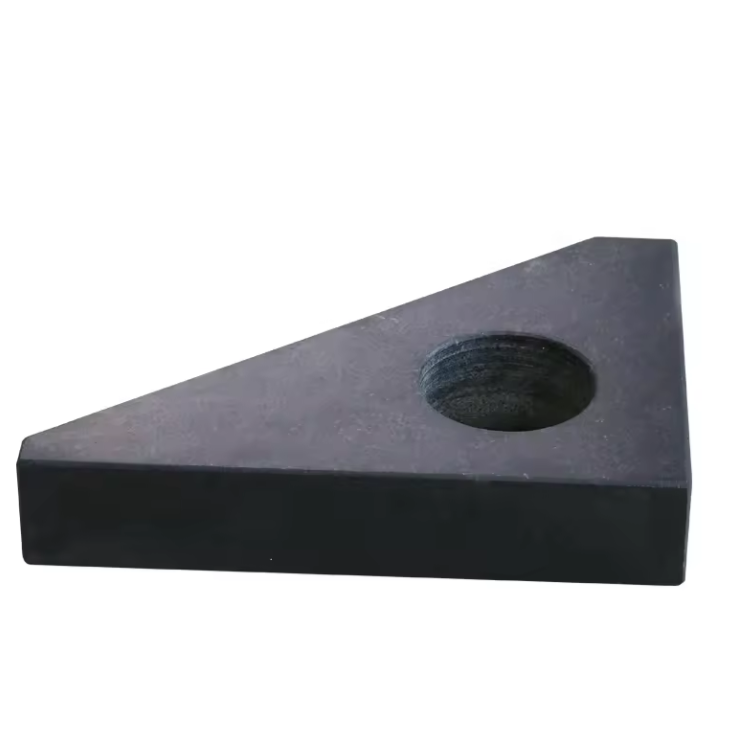Jul . 28, 2024 19:07 Back to list
Exploring the Functionality and Applications of Piston Lift Check Valves in Fluid Systems
Piston Lift Check Valve An Essential Component in Fluid Systems
In various industrial applications, the efficient transport of fluids is crucial for maintaining operational integrity and optimizing performance. Among the myriad of components involved in fluid handling, the piston lift check valve plays a pivotal role in ensuring the one-way flow of liquids and gases. This article delves into the functionalities, benefits, and applications of piston lift check valves, highlighting their significance in modern engineering.
A piston lift check valve is designed to permit fluid flow in one direction while preventing backflow, a critical feature that protects pumps, compressors, and other downstream equipment from potential damage caused by reverse flow. The fundamental mechanism involves a piston that moves in response to the fluid pressure. When the fluid flows in the intended direction, it lifts the piston off its seat, allowing passage. Conversely, if there is any attempt at backflow, the piston is forced back onto its seat, effectively blocking the reverse flow.
One of the primary advantages of piston lift check valves is their ability to operate under a wide range of pressure conditions
. Unlike traditional swing check valves, which may have limitations based on flow velocity and pressure differentials, piston lift check valves offer greater versatility. This makes them suitable for various applications, including water treatment facilities, oil and gas pipelines, and chemical processing plants, where pressure fluctuations are common.piston lift check valve

Moreover, the design of piston lift check valves contributes to reduced turbulence and pressure loss within the system. Their streamlined geometry minimizes flow resistance, enabling more efficient fluid transport. This characteristic is particularly important in systems where energy conservation and operational efficiency are paramount. By maintaining a steady flow regime and minimizing pressure drops, piston lift check valves help in conserving energy, translating to cost savings over time.
Installation and maintenance of piston lift check valves are relatively straightforward, making them an attractive option for engineers and maintenance personnel. With proper installation, which includes ensuring the valve is oriented correctly in the pipeline, these valves can provide years of reliable service. Routine maintenance, primarily involving the inspection of the piston and sealing surfaces, is essential to avoid wear and ensure the valve's longevity. Given their robust construction, many designs can withstand harsh environmental conditions, further enhancing their lifespan.
While piston lift check valves offer numerous benefits, it is essential to select the right type for specific applications. Factors such as fluid characteristics, temperature, pressure, and the desired flow rate play critical roles in determining the appropriate valve specification. Additionally, considerations regarding material compatibility and environmental factors should not be overlooked. Manufacturers often provide guidance and specifications to help engineers make informed decisions tailored to their systems.
In conclusion, piston lift check valves are vital components in fluid handling systems, offering reliability, efficiency, and protection against backflow. Their design allows for effective service across various industries, enhancing the operational stability of fluid transport systems. As industries continue to evolve and expand, the importance of efficient fluid management will only increase, ensuring that piston lift check valves remain at the forefront of engineering solutions. By investing in quality valves and adhering to appropriate maintenance protocols, operators can ensure optimal performance and extend the lifespan of their systems, ultimately leading to improved productivity and reduced operational costs.
-
Ball Valve Body Types — Durable, Customizable, In StockNewsNov.05,2025
-
Spline Gauge Precision | Custom Design & ISO CertifiedNewsNov.04,2025
-
Ball Valve Body Types: Durable, Corrosion-Resistant BuildNewsNov.03,2025
-
Knife Edge Ruler | Precision Straightedge for InspectionNewsNov.03,2025
-
Inspection Ruler – Precision Measuring, Durable & CertifiedNewsNov.03,2025
-
Types of Micrometer: Pro-Grade Sets, Thread & StandardsNewsNov.03,2025
Related PRODUCTS









